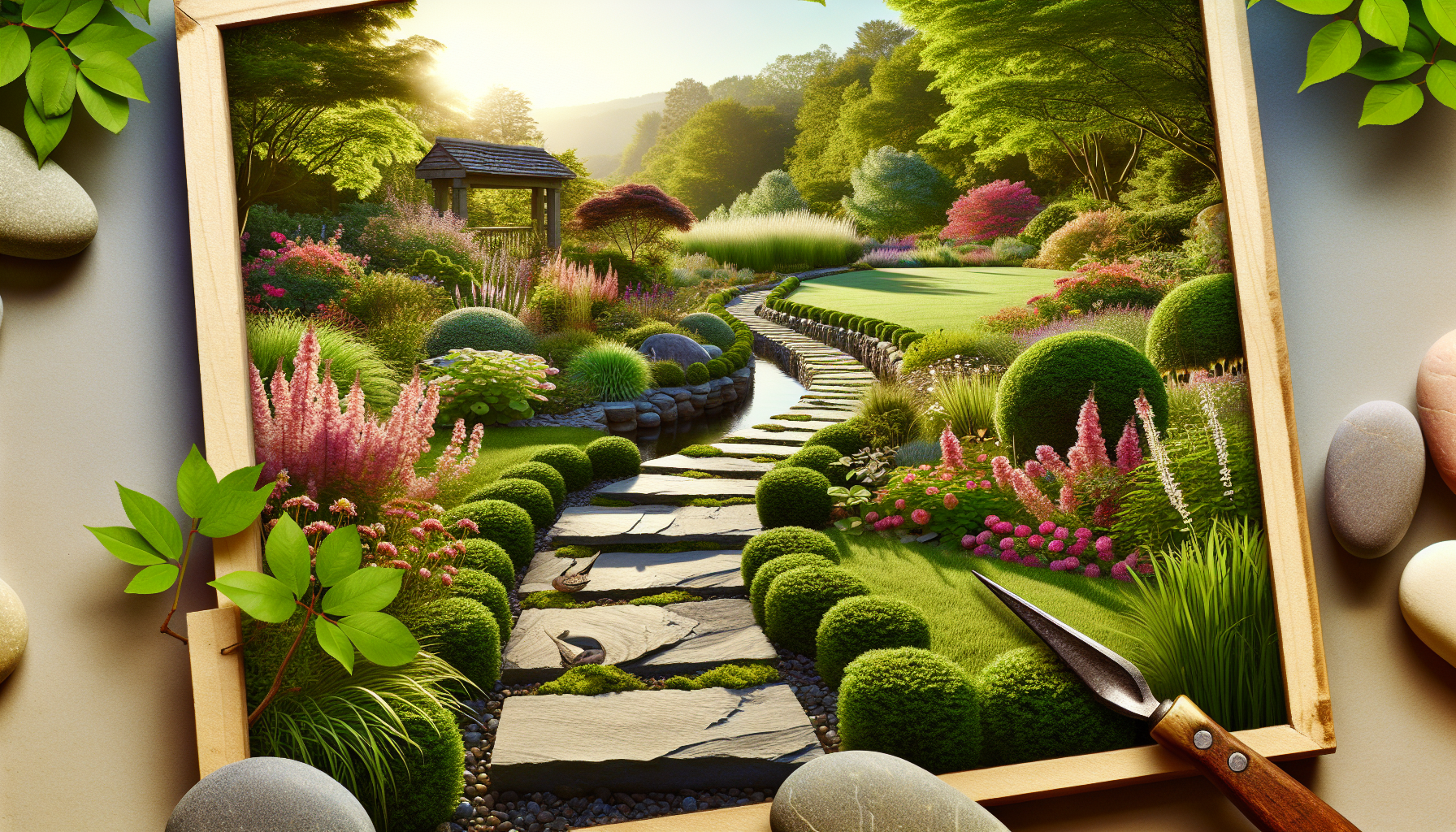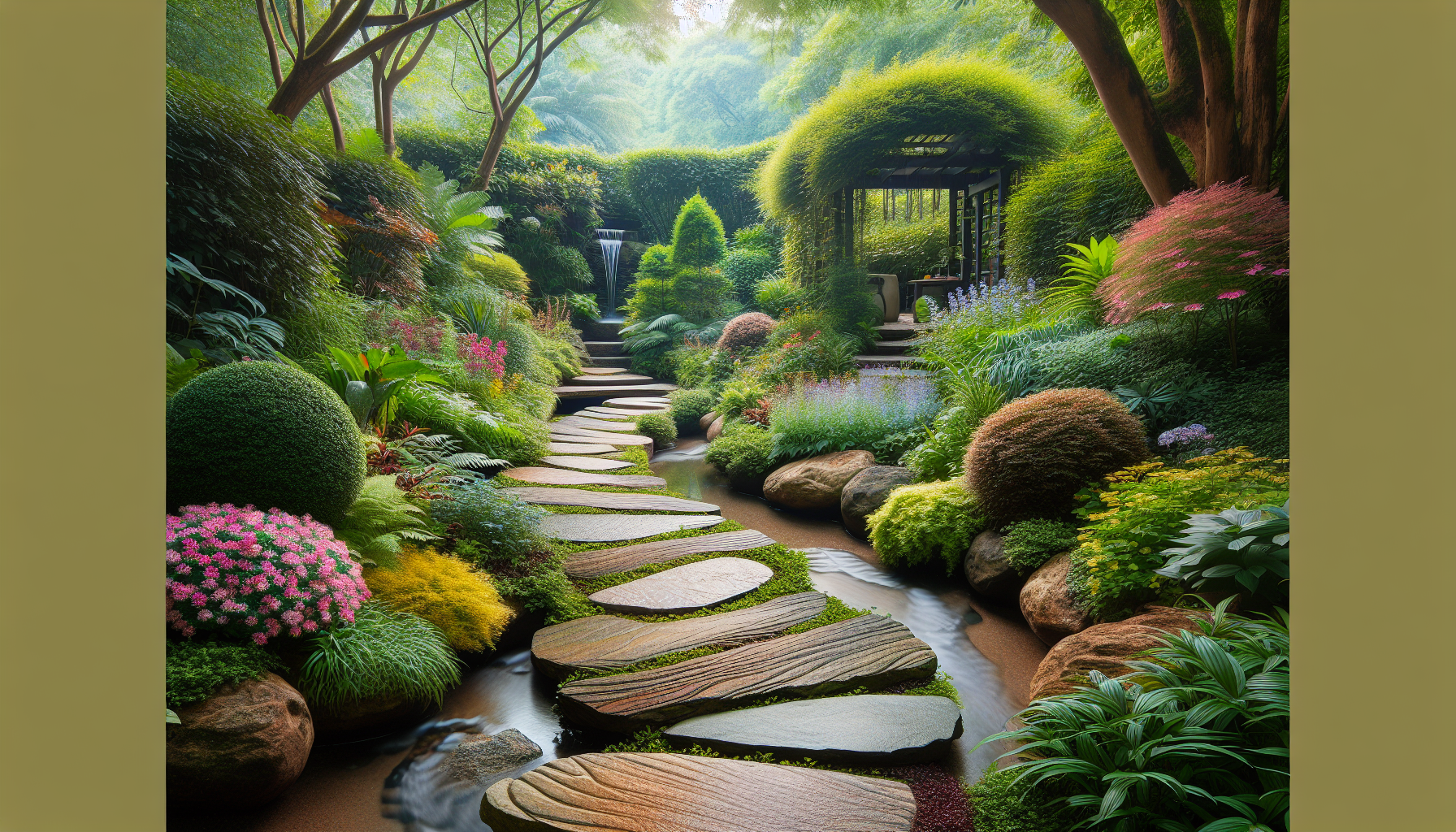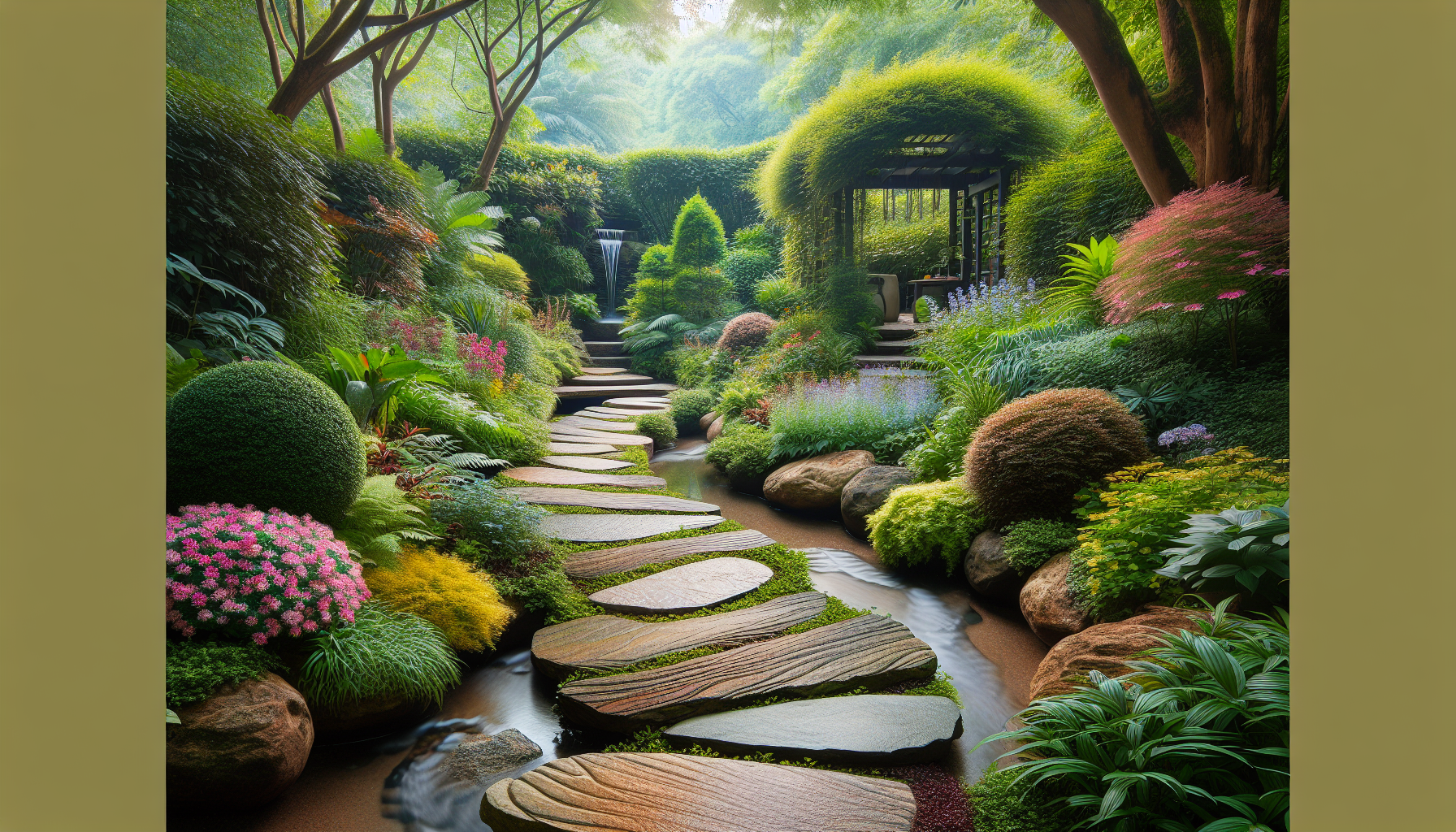Have you ever wondered how to create a thriving wildlife garden while enhancing the aesthetic appeal of your outdoor space?

Discovering Tempe and Its Unique Ecology
Tempe, Arizona, offers a vibrant mix of urban living and natural beauty. Nestled between the Salt River and the picturesque backdrop of the Camelback Mountain, this city is rich in cultural diversity and outdoor resources. Home to Arizona State University, Tempe boasts a youthful energy, attracting residents and visitors alike with its beautiful parks, recreational areas, and scenic lakes. The city experiences a warm desert climate, with long summers and mild winters, making it ideal for various plants and wildlife to thrive.
The diversity of flora and fauna in Tempe is remarkable. From native desert plants like saguaro cacti and desert marigolds to grasses and shrubs, the local environment supports a wide range of wildlife. Birds, butterflies, and small mammals often visit gardens, providing an interactive experience for homeowners. Establishing a wildlife garden allows you to take part in this vibrant ecosystem, creating a haven for creatures while showcasing your personal touch in landscaping.
A key element of a wildlife-friendly garden is hardscaping. This method involves using non-plant materials to create structures and features that support wildlife and enhance the garden’s visual appeal. You can create pathways, seating areas, and habitats using stone, wood, or other materials. Using hardscaping effectively allows you to maintain a functional garden while promoting biodiversity.
What is Hardscaping?
Hardscaping refers to the installation and design of non-plant elements in a garden or landscape. This includes patios, pathways, retaining walls, and other features that add structure to an outdoor space. While traditional gardening focuses on plant life, hardscaping complements these elements, creating balance and functionality. It also serves several practical purposes, such as improving drainage, managing erosion, and making garden maintenance easier.
When you incorporate hardscaping into your wildlife garden, remember that it can enhance not only the garden’s practicality but also its aesthetics. You can create spaces that invite wildlife and people alike, leading to a garden that is both functional and beautiful.
Benefits of Hardscaping in Wildlife Gardens
Creating a wildlife garden involves careful consideration, and understanding the benefits of hardscaping can help you make informed design choices. Here are some reasons to consider hardscaping:
-
Erosion Control:
Using hardscaping techniques can help prevent soil erosion. Features like retaining walls hold soil in place and provide stable surfaces for planting. -
Wildlife Habitat:
Structures like stones or wooden logs can create shelter for small animals and insects. These features provide essential habitats while adding texture to your garden. -
Sustainable Drainage:
Properly designed hardscaping allows water to flow naturally, reducing flooding and encouraging groundwater recharge, which is crucial in dry climates like Tempe. -
Usable Space:
Hardscaping creates areas for gathering, relaxing, or enjoying the outdoors. Patios, paths, and seating provide you with the space to enjoy your garden and invite family and friends. -
Aesthetic Appeal:
Well-designed hardscaping enhances the visual charm of your outdoor space. It adds contrast to plants and flowers, making the garden more engaging.
Planning Your Wildlife Garden with Hardscaping
Planning your wildlife garden involves several steps. Start by assessing your space and considering the local wildlife you want to attract. Identify areas that could benefit from hardscaping features. Here’s how you can begin the planning process:
-
Assess Your Space:
Measure your garden area and take note of sunlight, shade, and wind patterns. Observe which wildlife species frequent your area to tailor your garden for them. -
Define Your Goals:
Determine what you hope to achieve with your garden. Is it to attract specific birds, butterflies, or bees? Knowing your goal will guide your hardscaping choices. -
Design Elements:
Sketch potential hardscape features, such as pathways, seating areas, and water features. Think about how these elements will integrate into the larger garden. -
Material Selection:
Choose materials that complement the natural environment. Use locally sourced stone or reclaimed wood to reduce the ecological footprint while adding character.

Hardscaping Ideas for Your Wildlife Garden
To make the most of your wildlife garden, consider these hardscaping ideas:
Pathways
Creating pathways offers a practical means of navigating your garden without damaging plants. Try using natural stones, gravel, or decomposed granite to define paths. These materials can blend seamlessly with the landscape while encouraging exploration.
| Pathway Material | Pros | Cons |
|---|---|---|
| Natural Stone | Aesthetic, durable | Can be expensive |
| Gravel | Affordable, good drainage | Requires periodic replenishing |
| Decomposed Granite | Attractive, easy to walk on | May need edging to keep in place |
Seating Areas
Incorporating seating into your garden allows you to relax and enjoy nature. You can create a charming seating area using benches, boulders, or even a small pavilion. Choose locations that provide shade and picturesque views of natural fauna. Having a peaceful spot encourages you to spend more time observing wildlife.
Water Features
Water is vital for wildlife. Consider adding a small pond, birdbath, or self-sustaining water feature. These elements attract birds, frogs, and beneficial insects. Ensure features are shallow enough for easy access and safe for wildlife. A well-placed water feature can also enhance the overall tranquility of your garden.
Rock Gardens
A rock garden can create a unique habitat for various wildlife. Use native stones to build these structures, providing shelter for lizards and insects. Rock gardens can also introduce drought-resistant plants that require little maintenance, making them suitable for Tempe’s climate.
Choosing the Right Plants for Your Wildlife Garden
While hardscaping plays a significant role, the choice of plants is crucial for attracting wildlife. Include a mix of native and drought-tolerant plants to create a diverse ecosystem. Native plants are more likely to flourish in your local environment, offering shelter and food for local wildlife.
-
Flowering Plants:
Use flowers like desert marigolds and penstemon to attract pollinators. These plants produce abundant nectar, drawing in bees and butterflies. -
Grasses and Grains:
Incorporate native grasses, such as blue grama, to provide cover and food for small mammals and birds. -
Shrubs and Trees:
Introduce drought-tolerant shrubs and trees, like palo verde or desert willow. These offer shade and nesting opportunities. -
Ground Covers:
Select low-growing ground covers like trailing lantana or creeping thyme to create habitat connections and prevent soil erosion.
Maintenance and Care for Your Wildlife Garden
Maintaining your wildlife garden is essential for sustaining its health and wildlife benefits. Regular upkeep will ensure that your garden continues to flourish:
-
Mulching:
Adding a layer of mulch around plants reduces weed growth and helps retain moisture, which is vital in the desert climate. -
Watering:
Implement a watering schedule depending on your plants’ needs. Early mornings or late afternoons are the best times for watering to minimize evaporation. -
Pruning:
Regular pruning helps maintain plant health while keeping your garden looking tidy. Trim dead or overgrown branches to encourage new growth. -
Monitoring Wildlife:
Observe the wildlife visiting your garden. Take notes on which species you see and make adjustments to your plant selection or hardscaping as needed. -
Weed Control:
Regularly inspect your garden for weeds. Removing them promptly prevents them from competing with your plants for resources.
Collaborating with Professionals
While you can manage many aspects of your wildlife garden, collaborating with professionals can elevate your project. Look for companies that specialize in hardscaping and wildlife-friendly landscaping.
Xclusive Home Services is an excellent choice for your hardscaping needs. Located at 14505 N. Hayden Rd., Ste. 101, Scottsdale, AZ, they provide a range of services tailored to enhancing your outdoor space. You can reach out to them at (602) 341-5545 or via email at management@xclusivehomeservicesco.com for more information on how they can help you create your wildlife garden.
Final Thoughts
Designing a wildlife garden using hardscaping techniques can transform your outdoor space into an inviting haven for local wildlife. By thoughtfully incorporating hardscaping features, you create aesthetically pleasing spaces that enhance biodiversity.
Remember that every step you take contributes to the overall ecosystem in Tempe. A slice of nature can thrive in your backyard with careful planning, the right knowledge, and the right support from professionals. As you embark on this journey, may your garden attract a wealth of wildlife, enriching both your life and the lives of the creatures you share your space with.

